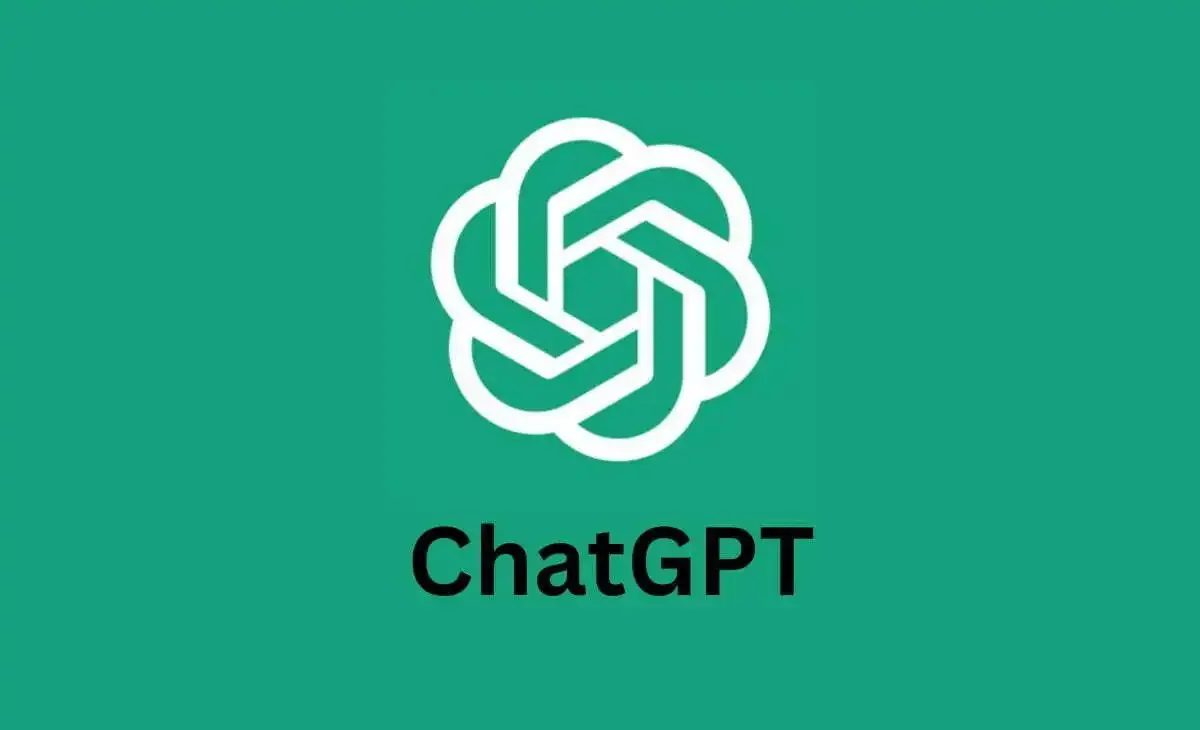In today’s digital world, technology plays a pivotal role in education, and language learning is no exception. Among the most innovative tools available, ChatGPT stands out as an AI-powered assistant that can revolutionize the way you learn new languages. Whether you’re a beginner or an advanced learner, it offers personalized practice, instant feedback, and engaging interactions.
In this article, you’ll discover how to learn languages using ChatGPT, including practical strategies, benefits, and tips to maximize your progress.

Why Use ChatGPT for Language Learning?
Before diving into the “how,” let’s explore why ChatGPT is a game-changer for language learners:
1. 24/7 Availability
Unlike traditional tutors or language exchange partners, ChatGPT is available anytime, anywhere. You can practice your target language whenever it fits your schedule.
2. Personalized Practice
You can tailor your interactions to your specific needs, whether it’s grammar, vocabulary, writing, speaking prompts, or comprehension exercises.
3. Instant Feedback
ChatGPT can correct your mistakes, explain grammar rules, and suggest more natural expressions, all in real-time.
4. Low-Stress Environment
Practicing with AI reduces anxiety, making it easier for shy learners to experiment with new vocabulary and sentence structures.
How to Use ChatGPT Effectively for Language Learning
Here are practical methods to incorporate ChatGPT into your language study routine:
1. Vocabulary Building
Ask ChatGPT to provide vocabulary lists on specific topics, such as travel, food, or business. For example:
“Can you give me 20 French words related to food, with their English translations?”
“List 15 German adjectives with example sentences.”
Once you receive the list, use it to create flashcards or ask ChatGPT to quiz you on the new words.
Pro Tip: Request context-rich example sentences to understand how each word is used naturally.
2. Grammar Practice
ChatGPT can help you understand complex grammar rules and provide tailored exercises. You can ask:
“Explain the difference between ‘ser’ and ‘estar’ in Spanish with examples.”
“Give me 5 exercises to practice German dative case.”
After completing the exercises, ask ChatGPT to check your answers and explain any mistakes.
3. Conversational Practice
One of the best ways to improve fluency is through conversation. With ChatGPT, you can simulate real-life dialogues. Simply prompt:
“Let’s role-play a scenario where I’m ordering food at a restaurant in Italian.”
“Can we have a conversation about hobbies in French?”
ChatGPT will respond appropriately, helping you practice sentence structure, vocabulary, and comprehension.
Bonus Tip: Ask for corrections after each conversation to identify areas for improvement.
4. Writing Practice
Develop your writing skills by composing essays, journal entries, or emails in your target language. Then, paste your text into ChatGPT and ask for corrections and feedback. Example:
“Here’s my short essay in Japanese. Can you correct it and explain my mistakes?”
This immediate feedback loop accelerates your writing proficiency and deepens your grammatical understanding.
5. Reading Comprehension
Ask ChatGPT to generate reading passages at your current proficiency level, then answer comprehension questions.
Example prompt:
“Write a short story in Portuguese at A2 level and ask me 5 comprehension questions.”
After answering, ChatGPT can correct your responses and clarify misunderstandings.
6. Pronunciation and Listening Practice
With the latest versions of ChatGPT, you can now engage in voice conversations directly within the app. This feature allows you to practice listening comprehension and pronunciation in real-time.
How to make the most of it:
Start a voice conversation in your target language.
Listen carefully to the pronunciation and intonation.
Respond verbally to practice speaking and get instant feedback.
If you’re unsure about your pronunciation, you can still ask ChatGPT for phonetic transcriptions, pronunciation tips, or ask it to correct your spoken sentences.
This interactive voice capability makes it an even more powerful tool for developing speaking and listening skills, almost like having a personal tutor available anytime.
7. Cultural Insights
Learning a language involves understanding the associated culture. ChatGPT can provide cultural explanations, etiquette tips, and even regional variations.
Example prompt:
“Explain some common French idioms and when to use them.”
“Tell me about Japanese business etiquette.”
This contextual knowledge enhances your ability to use the language naturally and appropriately.
Tips to Maximize Your Language Learning with ChatGPT
To make the most out of ChatGPT, keep these tips in mind:
Be specific with your prompts. The more details you provide, the better the responses.
Set learning goals for each session, such as mastering a grammar point or expanding topic-specific vocabulary.
Vary your activities: mix reading, writing, speaking, and listening tasks.
Track your progress by saving your conversations for later review.
Stay consistent. Regular, short practice sessions are more effective than occasional long ones.
Potential Limitations and How to Overcome Them
While ChatGPT is a powerful tool, it has some limitations:
No emotional nuance: It mimics conversation but lacks human emotional feedback. Combine AI practice with real-world interactions when possible.
Potential for mistakes: While highly accurate, it can sometimes provide incorrect language examples. Cross-reference with reliable resources.
Final Thoughts
Learning languages using ChatGPT is an efficient, flexible, and engaging method suitable for learners at all levels. By integrating ChatGPT into your study routine for vocabulary building, grammar practice, conversation, writing, and cultural exploration, you can accelerate your language learning journey.
The key to success is consistency, curiosity, and a willingness to actively engage with the language through diverse activities. Whether you’re aiming to pass a proficiency exam or simply communicate more effectively during your travels, ChatGPT can be your ideal language-learning companion.
